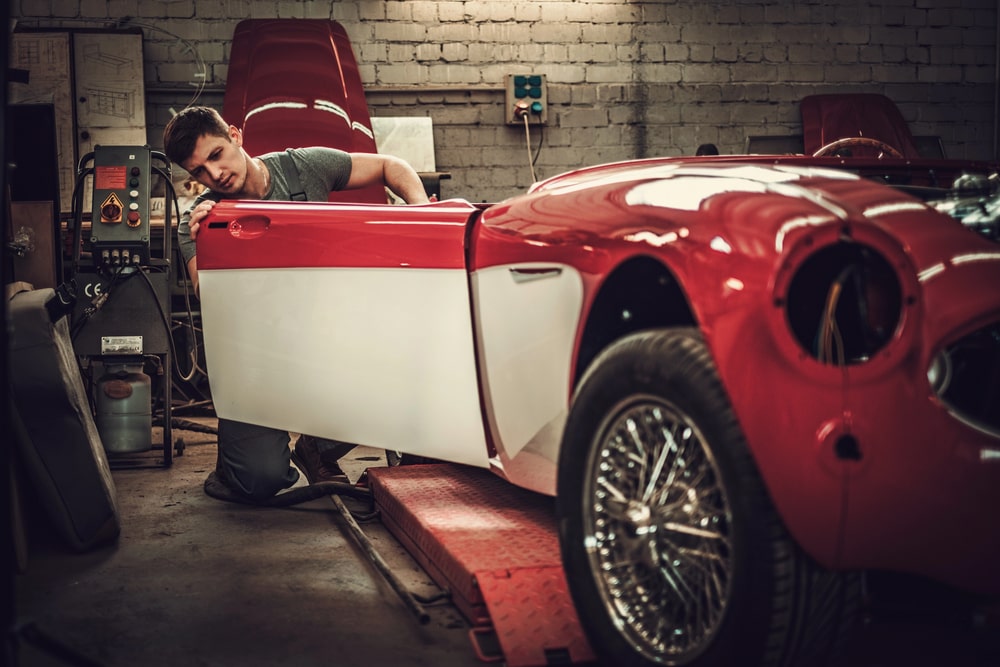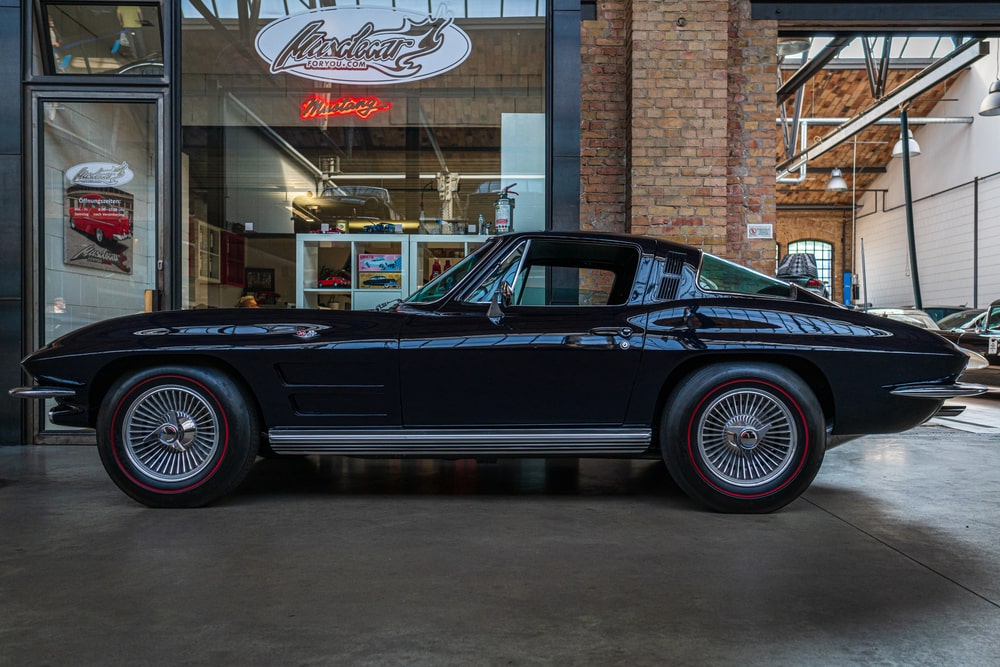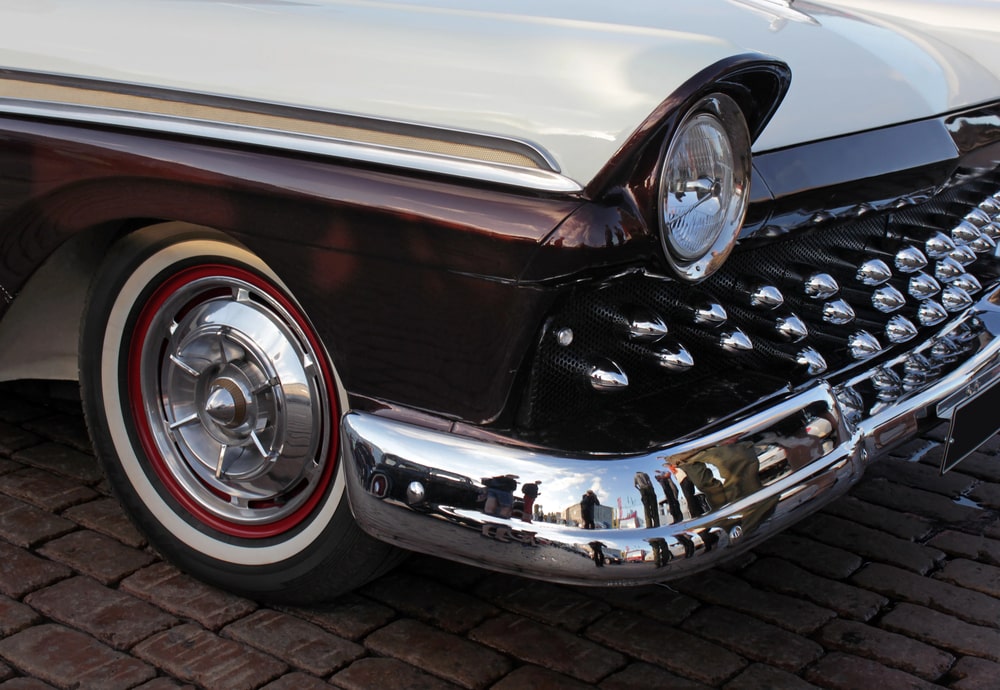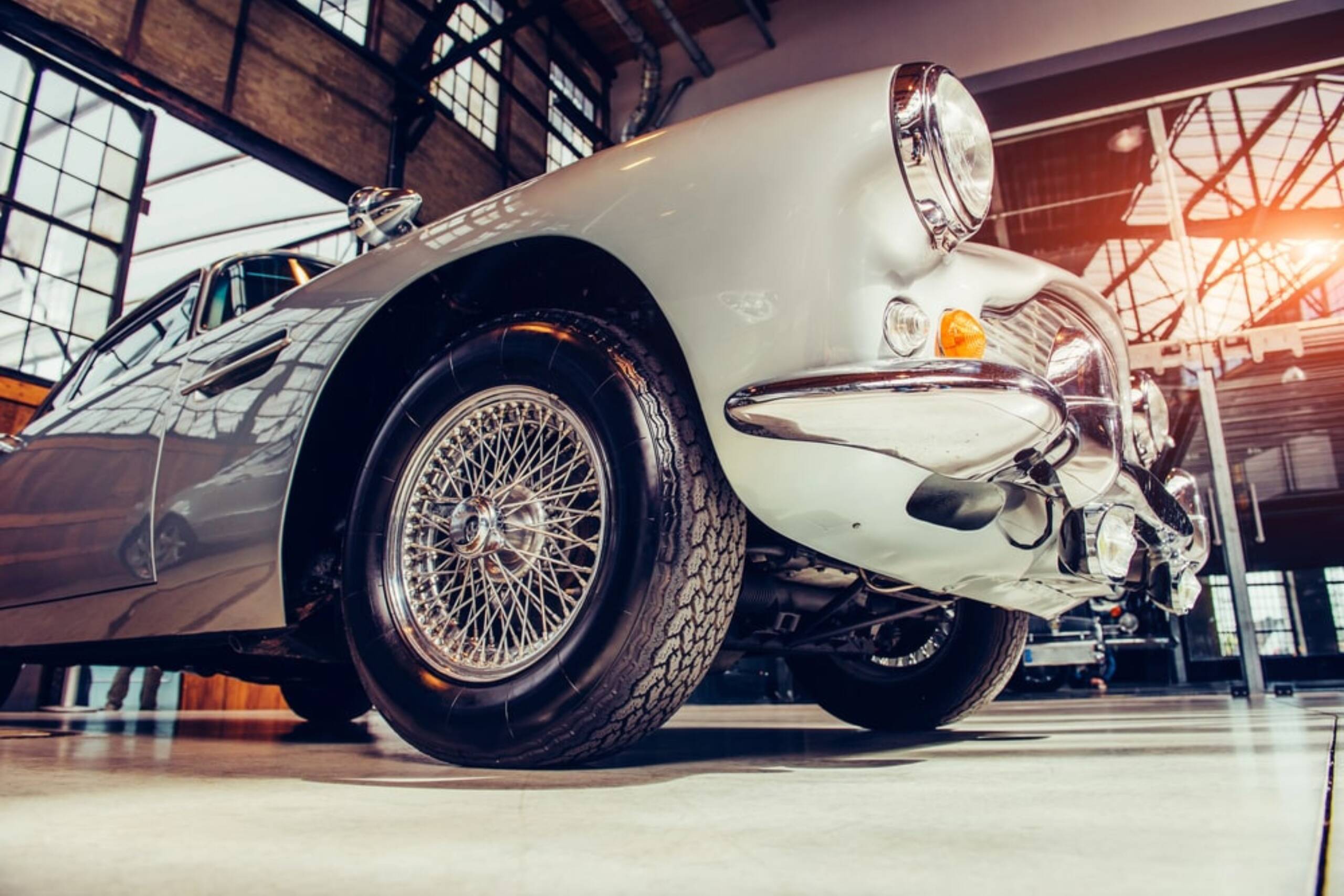Woodside Credit does NOT finance project cars, but can finance completed projects in good and operational condition.
Restoring a classic car is a labor of love, but the journey doesn’t end once the last coat of paint dries. After investing time, money, and effort into classic car restoration, maintaining that investment is essential to ensure your car continues to turn heads and run smoothly for years.
Whether you’ve completed a full car restoration or had it professionally done, this guide walks you through key maintenance steps, from paint preservation to engine care and everything in between.

Protecting the Paint and Bodywork
- Regular Washing and Waxing: Frequent hand washing with a pH-neutral soap removes dirt, road grime, and harmful contaminants that can wear down your paint. Following up with a quality wax every few months is typically a good idea to provide protection and keep that show-ready shine.
- Paint Protection Film & Ceramic Coating: For added peace of mind, consider a paint protection film (PPF) or ceramic coating. These advanced options help resist chips, stains, and UV damage, keeping your restored paintwork in mint condition longer.
- Rust Prevention: Rust is the enemy of any classic car restoration. Keep an eye on moisture-prone areas, like wheel wells and undercarriage components. Applying rust inhibitors and regularly inspecting for signs of corrosion will save you costly repairs.
Engine and Mechanical Maintenance
- Fluids and Oil Changes: Your car’s fluids, including engine oil, coolant, brake, and transmission fluid, should be checked regularly, even if the vehicle isn’t driven frequently. Classic engines typically benefit from high-zinc oil formulas designed for older components.
- Battery Care: A trickle charger or battery tender can help prevent your battery from draining during inactivity. Be sure to check the terminals for corrosion and keep them clean.
- Belts, Hoses, and Seals: Rubber components age, even when idle. Inspect belts, hoses, and seals for signs of cracking or wear, and keep an eye on them to prevent leaks and breakdowns.

Proper Storage and Climate Control
- Garage vs. Outdoor Covers: When possible, it’s worth considering storage in a temperature-controlled garage. If that’s not available, a breathable, waterproof cover designed for classic cars could be a good alternative. Some owners avoid plastic tarps, as they may trap moisture and cause damage over time.
- Managing Humidity: Humidity is often cited as a contributor to rust and mold. Some enthusiasts choose to use dehumidifiers in their garages or place moisture-absorbing products inside the vehicle during storage to help with this.
- Fuel System Care: Old fuel has the potential to gum up systems. For extended storage periods, many owners opt for fuel stabilizers and occasionally run the engine to keep things in good working order.
Driving Your Classic Car
- Avoiding Long Periods of Inactivity: Cars are meant to be driven, even classics. Regularly taking your restored car out for a spin keeps fluids circulating and helps you detect potential issues early.
- Warming Up the Engine: Let your engine idle for a few minutes before driving, especially in cooler temperatures. This helps protect internal components and ensures smoother operation.
- Listening for Issues: Stay attuned to your car’s feelings, smells, and sounds. New noises or performance changes can be early signs of mechanical problems.

Interior and Upholstery Preservation
- Leather and Vinyl Care: Use conditioners made from classic materials to keep seats and trim supple and crack-free. Avoid harsh cleaners that can strip protective finishes.
- Carpet and Fabric Protection: Vacuum regularly and use floor mats to preserve the original carpeting. Treat stains immediately and consider fabric protectants for added durability.
- Window and Weather Stripping Maintenance: Cracked or dry seals can let moisture in, leading to mildew and rust. Keep rubber trim clean and conditioned, and replace it if it becomes brittle.

Scheduled Inspections and Preventative Maintenance
- Professional Check-Ups: Even the most hands-on owners benefit from occasional visits to trusted mechanics specializing in vintage vehicles. A second set of eyes can catch issues you may have missed.
- Brake System Maintenance: Brake components can degrade over time, especially if the vehicle sits idle. Inspect pads, rotors, and lines regularly and bleed the system if needed.
- Suspension and Steering: Check for play in the steering, worn bushings, and uneven tire wear to ensure your ride stays smooth and responsive. Classic car suspensions need as much love as the rest of the vehicle.
Maintaining your classic car after restoration is as important as the restoration itself. With the pro, you can ensure your vehicle stays in top condition for years with care, from preserving the paint to driving it regularly, you can already think about your next classic, Woodside Credit is here to help make it yours. With the Lowest Payments in America and fast approvals, financing your next classic car has never been easier.


